6 Ways To Improve Your Building’s Indoor Air Quality
With many employees returning to in-office work, it’s time to reassess your commercial building’s air quality and make any necessary changes. Indoor air quality can affect physical health, mood, cognition, concentration, and productivity. With most people spending 90% of their time indoors, indoor air quality clearly plays an important role in overall wellness. If your goal is to promote a healthier, happier, more productive workforce, follow these six steps to improve your commercial building’s air quality all year round.
Control Pollutants at the Source
Managing the sources of pollution in your building is the first step toward achieving cleaner indoor air. Three key pollutant categories include:

- Biological contaminants: High concentrations of bacteria, viruses, mold, animal dander, dust mites, and pollen may cause illness or allergic reactions among your staff. To keep these contaminants at bay, ask sick people to stay home, prohibit pets in the building, and clean high-touch surfaces regularly.
- Chemical pollutants: Tobacco smoke, volatile organic compounds, chemical spills, carbon monoxide, and radon are all examples of chemical pollutants. Steps such as asking people to smoke outside, choosing low- or no-VOC building products, and testing CO detectors for proper operation can reduce your workers’ exposure.
- Airborne particles: Solid- or liquid-based substances that remain suspended in the air include dust, dirt, and substances emitted from copiers and printers. Controlling these particles may require specialized indoor air quality equipment.
Upgrade to High-Efficiency Air Filters
Your building’s HVAC filters are the first line of defense against airborne particles that you cannot control at the source. When choosing filters, use the minimum efficiency reporting value (MERV) rating system as your guide. The higher the number, the better the filtration. The American Society of Heating, Refrigerating, and Air-Conditioning Engineers (ASHRAE) recommends using filters rated MERV 13 or higher in commercial settings.
Invest in UV Air Purifiers
While filters capture particles, UV air purifiers are better at rendering biological contaminants inert. Powerful UV lights installed in your HVAC system can quickly neutralize any bacteria and viruses passing through. During the age of the coronavirus, this should be a fundamental part of your air cleaning efforts.
Improve Ventilation
Any contaminants generated or brought into your tightly sealed building will get trapped inside without proper ventilation. Fortunately, heat- and energy-recovery ventilators can improve indoor air quality with excellent efficiency. These systems work by exchanging the heat and/or humidity from the stale, outgoing air into the clean, incoming air, helping occupants breathe easily without a drastic increase in energy costs.
Maintain Optimal Humidity Control
If it’s too dry in your building, employees may develop itchy skin, nose and throat irritation, and heightened asthma symptoms. On the other hand, too much humidity can harbor mold growth and excessive dust mite populations, worsening indoor air quality as a result. The trick is to maintain 30% to 50% relative humidity all year round. Commercial stand-alone or HVAC-tied systems can help rebalance the humidity level.
Sign Up for a Commercial HVAC Maintenance Agreement
Once your filtration, purification, ventilation, and humidification systems are up and running, you must maintain them regularly to prevent unexpected performance issues or costly downtime. Still, it’s easy to let commercial HVAC maintenance fall by the wayside when you’re focused on running your business. That’s why signing up for a maintenance agreement is such a good idea. This way, you receive expert, scheduled care and emergency service at no extra cost.
AFGO Mechanical Services offers commercial HVAC maintenance to business owners in the NY metro area. Our custom preventive maintenance agreements are tailored to fit your needs. We work within the boundaries of your schedule and budget to offer the services you need when you need them.
For more information or to sign up for a maintenance contract, please call us at (718) 478-5555 or contact us online.
At AFGO, we don’t believe in one-size-fits-all HVAC systems…
we succeed by providing our customers with alternative HVAC solutions.


